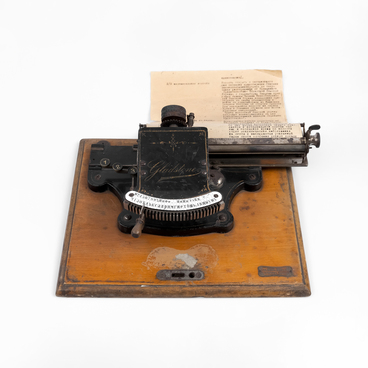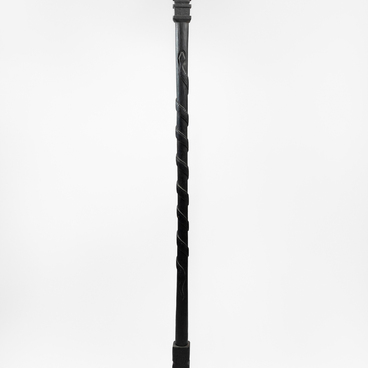The Vladimir Arseniev Museum of Far East History has a collection of clothing of resettlers to Primorsky Krai from the Chernigov Governorate. The belt on display was donated to the museum from the family of E. B. Gruschenko. It was made by the mother of the family.
The migration to the South Ussuriysk Krai, which gained momentum by the end of the 19th century, was overwhelmingly dominated by natives of Ukraine (more than 81 percent), of whom more than 40 percent came from the Chernigov Governorate. The inhabitants of this region had a distinctive culture, clearly manifested in their clothing, which was an integral part of their material and cultural heritage.
The belt as a cultural phenomenon has a special place in the traditional costume of Ukrainians. It had a double function — practical and aesthetic. Belts were worn to make undergarments and outer garments fit more tightly to the body (to keep it warm); a wide belt protected from injuries. This accessory was also used to attach such items as a tobacco pouch, keys, and a comb… But the significance of the belt as an element of the ritual system is no less important: it served as a kind of labeling, identifying either the owner or the situation. The belt was worn from the moment of baptism throughout one’s life: it was used in wedding and funeral rites, as well as in different events of agrarian cycle. The belt also showed the status of the owner, as some of the materials used to make its festive version (silk with gold and silver threads) were very expensive. Folklore tradition uses the image of the belt.
The belt from the museum’s
collection is one of the items widely spread in peasant life. Such belts were
mostly homemade from wool. They were widely used, because they were not
expensive to produce. Threads of home-made sheep’s wool, dyed with natural, later
aniline dyes, were used for belt making. There were belts of various sizes: the
length of a belt could reach five meters but their width was not very large.
Narrow and long belts were common among Russians and Belarusians. They were
used to fix clothes on the waist. At the same time, they were used as a costume
accessory, emphasizing the finished look of the dress.


